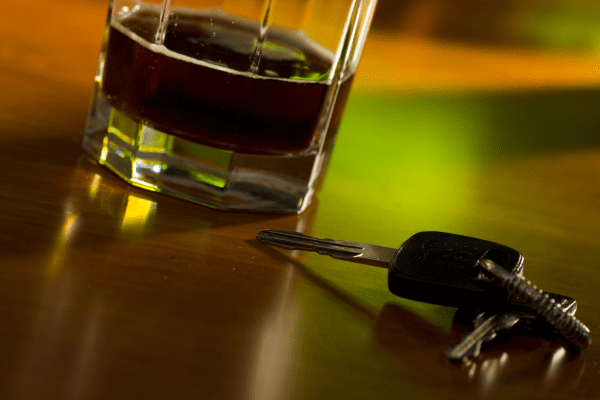
A generation ago, DUI was little more than a traffic ticket. Many officers released impaired drivers with warnings, as long as they promised to drive carefully and go straight home. If these cases made it to court, prosecutors had a hard time obtaining guilty verdicts, because the laws in Minnesota were quite weak.
Those days are over now. Police officers and prosecutors both have additional tools for dealing with intoxicated drivers, such as roadside checkpoints and tough new per se DUI laws.
Nevertheless, alcohol is still responsible for almost a third of the fatal car crashes in Wright County. Alcohol is a depressant which slows motor skills. This substance also gives people a sense of euphoria and so impairs judgment. This combination significantly increases the chances of a serious injury in Buffalo. Fortunately, victims usually have several legal options.
Direct Evidence of Intoxication
Most alcohol-related vehicle collisions also involve a DUI charge. That allegation usually triggers the negligence per se shortcut. Tortfeasors (negligent drivers) are usually liable for damages as a matter of law if:
- They violate a safety law, such as the DUI law, and
- That violation substantially causes the victim/plaintiff’s injury.
Assume that a drunk driver misses a stop sign and broadsides a car in the intersection. Running the stop sign caused the wreck, but the tortfeasor probably would not have missed the stop sign if she were sober. So, alcohol substantially caused the collision.
Furthermore, a DUI arrest is sufficient to trigger the negligence per se shortcut. In civil cases, the jury determines all facts, including guilt/innocence in a DUI. So, if our hypothetical tortfeasor got off on a technicality or pleaded guilty to a lesser charge, the negligence per se doctrine still applies.
Damages in negligence per se cases usually include compensation for both economic losses, such as medical bills, and noneconomic losses, such as pain and suffering. Additional punitive damages may also be available in extreme cases, such as very high BAC levels.
Circumstantial Evidence of Impairment
There is a difference between intoxication and impairment. Most people must consume about three drinks before they become legally intoxicated. But impairment begins with the first drink. The aforementioned effects begin with the first sip of alcohol. Many people take driving for granted, but it is actually a very complex process. All senses need to be at peak efficiency. If the tortfeasor had any alcohol at all, that’s simply not the case.
The victim/plaintiff may use circumstantial evidence to establish impairment. Such evidence includes physical symptoms like:
- Bloodshot eyes,
- Unsteady balance,
- Slurred speech, and
- Slow reflexes.
In fact, the burden of proof in civil cases is so low that even this evidence may not be necessary. Victim/plaintiffs must establish liability by a preponderance of the evidence (more likely than not). If the tortfeasor came from a place which serves alcohol, it is more likely than not that the tortfeasor also had something to drink.
Third Party Liability
These commercial providers may also be liable for Buffalo injury damages, even though they had nothing to do with the crash itself.
Minnesota has a very broad dram shop law. Minn. Stat. §§ 340A.801 applies to bars, restaurants, convenience stores, and other commercial providers. These entities are jointly responsible for damages if they illegally sold alcoholic beverages to someone who subsequently caused a car crash. An illegal sale could involve:
- An underage customer,
- After-hours sale, or
- A sale to an obviously intoxicated person.
The circumstantial evidence mentioned above is also admissible in this context to prove that the sale was illegal.
Vicarious liability is very important in alcohol-related crashes, because the Buffalo injury damages are often catastrophic. Minnesota has one of the lowest auto insurance minimums in the nation. So, in a wrongful death case, the tortfeasor may not have enough insurance coverage to provide fair compensation. Dram shop and other vicarious liability theories give victims an additional source of recovery.
Minnesota’s dram shop law may also apply to social hosts, if the tortfeasor was under 21. If the tortfeasor was over 21, a social host may also be liable for damages under a theory like negligent undertaking.
Work with Dedicated Lawyers
Alcohol-related crashes almost always cause extremely serious injuries. For a free consultation with an experienced Buffalo injury attorney, contact Carlson & Jones, P.A. Attorneys can connect victims with doctors, even if they have no money or insurance.

